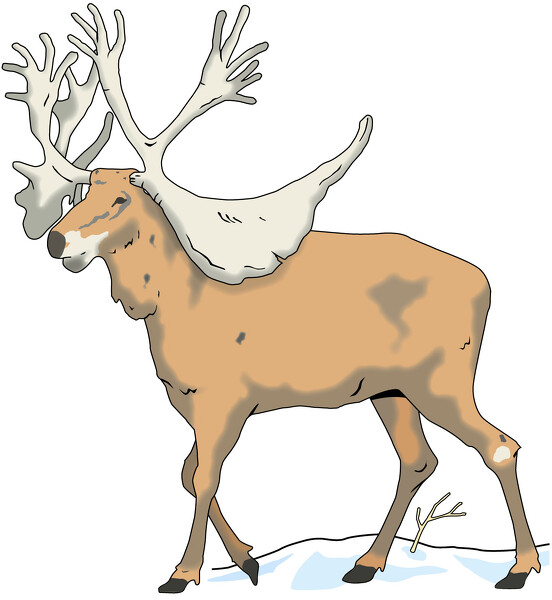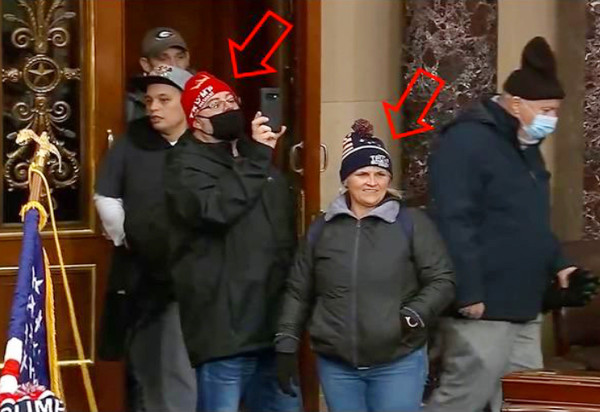Tuesday, February 4th, 2025
Bird flu having 'heavy impact'
State ag official says farms getting help
By Abigail Miller
CELINA - The spike in Highly Pathogenic Avian Influenza (HPAI) cases that Mercer and Darke counties saw last month is the worst the state has ever experienced, Ohio Department of Agriculture Director Brian Baldridge told The Daily Standard on Monday.
HPAI, commonly known as bird flu, is a contagious viral disease that poses a major threat to the poultry industry and animal health.
There were 40 commercial premises affected in Ohio in January: 23 in Mercer County, 16 in Darke County and one in Van Wert County, affecting a combined 8.9 million commercial birds, per ODA.
Baldridge said ODA was on high alert in December when a group of dead geese were found around Grand Lake.
"As we work through high path (HPAI), we know that migratory birds are the culprit," he said. "Wild birds are the culprit of spreading and we know that this is a time of year where a lot of birds, especially geese, are moving. We had a die off of some geese at Grand Lake … that happened in the first part of December. It was a trigger and a red flag that went up for us."
He said the state has had previous spikes in cases since the current HPAI outbreak began in the United States in February 2022, so the ODA was prepared.
"Unfortunately we were hoping it wouldn't occur, but, you know, we're in a rut right now. Hopefully we will come out of this soon."
In January, approximately 50% of Mercer County's commercial birds and 29.5% of Darke County's commercial birds were depopulated due to HPAI, based on the size of the county's commercial inventory reported in the USDA's 2022 Agriculture Census.
"Obviously I'm very concerned about the numbers," Baldridge said. "As far as what we've depopulated, looking at Ohio, it is an impact looking directly at Mercer and Darke County. It is a heavy impact."
A positive, Baldridge said, is the federal indemnity fund available to affected poultry producers.
"The indemnity fund is put in place at the federal level to help our producers so it is not a business-ending event," he said. "The indemnity fund gives them the opportunity to be - I don't want to (say unharmed), because there's still financial impacts. But it does keep them in the business, (allows) them to have the ability to repopulate and to go back to producing a great quality product."
USDA's bird flu indemnity and compensation fund pays for birds and eggs that must be destroyed, but does not pay for birds that died from HPAI, per the USDA website. The amount of the indemnity payment is based on a producer's flock inventory and standard indemnity values.
"Once we have a detection, we make notification (to) our USDA partners, the Ohio Poultry Association - everybody works in tandem to make sure that the proper paperwork is filled out. So the producers are eligible for the indemnity fund," he said. "And that's our goal is to get all the support we can to our farmers and producers."
In addition to the financial issues, poultry producers can also suffer from stress when dealing with HPAI.
"There's no way that you can be completely held harmless," Baldridge said. "There's always going to be these factors. You suffer a financial impact and not only that, just going through the stress and the mental aspect of having to depopulate and kill off all your chickens. As a farmer myself, we care about our animals, right? We care about our livestock. So, you know, (it's a burden) not only from the monetary standpoint, but just from the mental aspect of working through this unfortunate outbreak that we're having."
Once the ODA has received confirmation from the National Veterinary Services Lab in Iowa that a facility has tested positive for bird flu, the ODA goes through the depopulation process, then goes into deep cleaning and disinfecting the affected facility.
"We actually swab and test those facilities to make sure there is no active bird flu," Baldridge said. "All the facilities sit empty for 75 days and then they can be repopulated."
Depopulation refers to the rapid destruction of a population of animals in response to urgent circumstances with as much consideration given to the welfare of the animals as practicable.
"It's a big process," Baldridge noted. "But it's all part of the process that (ODA does to meet) the USDA guidelines. We depopulate the site and then it actually is composted. There is mulch material brought in. This is composted in the windrows. We have subject matter experts that come in and advise and make sure that everything is done properly."
During the process, testing of the composting areas is done to make sure a certain level of heat is met to kill any remaining virus.
"And then once that's all done, that material then is safe and can be utilized back as manure or spread, and it's completely safe to be used."
More information and daily HPAI tracking information can be found at www.agri.ohio.gov/divisions/animal-health/hpai/01-poultry.


